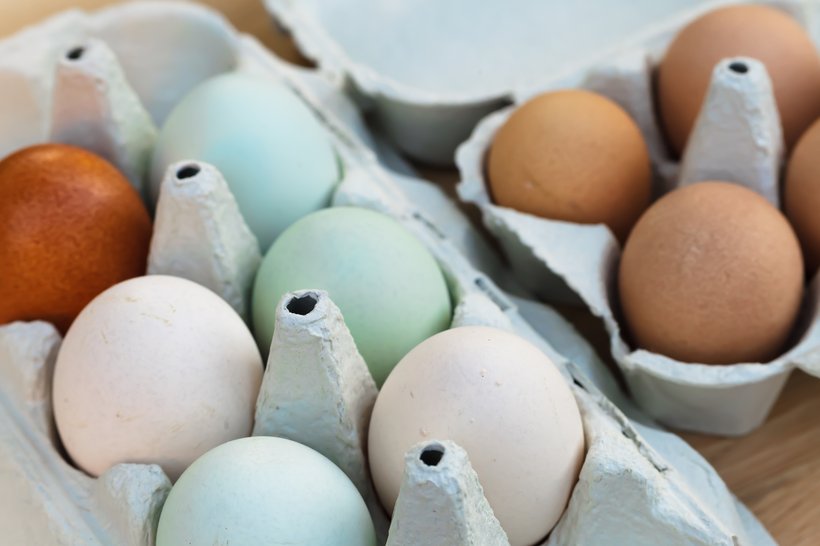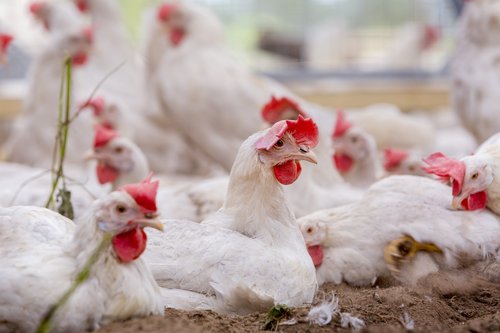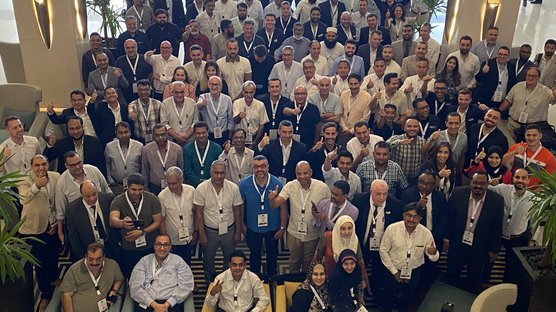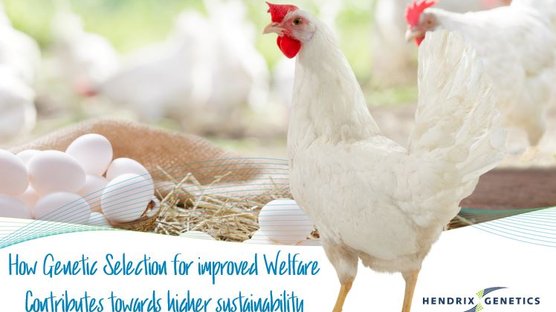
Published on Nov. 6, 2020
Global trends in egg production
Global consumers continue to grow increasingly concerned about where their food comes from and how it is produced. This trend is especially influential on egg production and the housing systems in which laying hens are kept. Consumer concern for animal welfare has only spurred on the cage-free movement, which is spreading rapidly around the world.
It all started in the EU, where a ban on conventional cages has been in place since 2012. In the United States, five states (Washington, Oregon, California, Rhode Island and Michigan) plan to enforce cage free egg production by 2026. Cage-free commitments are also becoming more common in Oceania, Asia and Latin America. Food industry leaders such as Nestlé, Heinz, Unilever, McDonalds, and Subway have all made commitments to exclusively source cage free eggs by the year 2025.
The move from the relatively easy to manage conventional cages, to more complex cage-free aviary systems requires dramatic differences in the day-to-day management of laying hens. Chickens kept in cage-free environments require more attention. Additionally, in order to ensure a smooth transition from rearing to production facilities, housing facilities need to be similar so that chickens can successfully find nests and can generally adapt to the production facility.
Another factor is that not all chicken breeds are equally suited to alternative housing systems. Problems like hysteria, not being able to use the aviary system well, high mortality due to pecking, or large amounts of floor eggs are more likely to arise in some breeds than others. This has caused some breeds that performed well in previous housing systems to lose their dominant position to birds purposely bred for alternative housing systems.
Animal Welfare: beyond just housing systems
In Western Europe there is a growing move towards bans on beak treatment, as seen by the countries with a ban on beak treatment in the table below:
| Country | Year of ban |
|---|---|
| Norway | 1974 |
| Finland | 1986 |
| Sweden | 1988 |
| Austria | 2000 |
| Denmark | 2013 |
| Germany | 2017 |
| The Netherlands | 2018 |
.
In the countries that have recently banned beak treatment (Germany and the Netherlands), a clear trend can be observed is a shift from brown laying hens to white laying hens. In cage-free housing systems, white laying hens with intact beaks are easier to manage than intact-beak brown hens. In these situations, white laying hens show less aggressive pecking behavior and fewer negative social interactions, resulting in better livability and feather cover.
In scientific research, there is a growing focus on the intrinsic needs and stress responsivity of laying hens, as exemplified by the recent launch of the ChickenStress European Training Network (ETN). http://www.chickenstress.eu/
The aim of this project is to provide information on the best welfare conditions, which will also enable optimum egg production. An international team of 14 PhD students, based over 12 European institutions will engage in multidisciplinary projects under the supervision of world experts in their fields.
Focus on Sustainability
Along with the trend for increased animal welfare, the egg industry also become more focused on sustainability.
For decades, genetic selection has prioritized a reduced feed conversion ratio (less feed as input, with more egg mass as output). In the last decade, there has also been a clear shift to keeping laying hens for a longer period without molting. A laying cycle lasting 100 weeks is no longer the exception. Keeping hens longer reduces the carbon footprint of egg production, as the cost of the non-productive period (rearing) can then be divided over a much longer production period.
The move to cage free housing systems also presents sustainability challenges. Chickens need to be much more robust in order to cope with the challenges presented by these environments. Robustness is gradually improved via breeding and selection: livability, longevity, proper bodyweight development profiles, the ability to recover and good feather cover are all key selection traits. Pullets that are given the time and the resources to develop into robust laying hens will show better peak production and, most of all, will be much more persistent - which directly increases profits.
Retailers are also becoming more and more concerned about the GHG-emissions of the products that they offer in their portfolio. Lidl, one of the fastest growing worldwide retailers, is only offering white eggs in their Dutch retail stores as they have a lower carbon footprint compared to brown. A report from Wageningen University showed that 1 kg of brown eggs has on average a 4.1% higher C0₂ emission compared to one kg of white eggs. Offering white eggs only in their product portfolio will help retailers like Lidl to reach their sustainability commitments.
Growing demand for Specialty eggs
The last current trend affecting egg production is an increased demand for the so-called “specialty eggs”. Specialty eggs are eggs that have a different eggshell color, such as olive, blue, or very dark brown. By creating a story around these eggs, retailers are able to market luxurious eggs (they even have their own Instagram page). This allows them to charge premium prices - more than 200% of the price of a regular egg.
The disadvantage of these specialty breeds is that they have not been part of intensive selection processes, creating a gap in performance with the commercial brown and white laying. But the higher selling price can clearly compensate for this higher cost of production.
Housing systems, beak treatment, sustainability, and consumer preferences are all factors in the changing global egg industry. By taking a broad view of the industry and collaborating together, we can stay ahead of the curve to find solutions and deliver products that fit the needs of the future.




